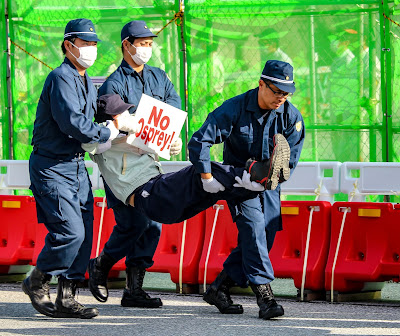Random Political Status Thoughts on the Edge of a New Year

In less than a week, a new Governor will take power in Guam, as will a new non-voting Guam delegate and a number of new senators will be sworn in for the island's legislature. I have certain hopes for the new crop of leaders. There is great potential for them to learn lessons from the past, especially on the topic of decolonization. In recent years, the small, but significant maturation of the community on the topic, is part of the fact that for decades it has been circulating in conversations and political agendas. For a long time, rhetoric around decolonization wasn't worth much to voters, and wasn't really worth it. That is why for decades it was rare for politicians to share what their personal preference would be for Guam in terms of political status. It wasn't that they didn't have opinions or thoughts on it, but it was either something politically risky or simply taibåli. For the past few years, I've been interviewing Guam politicians from the previ...










